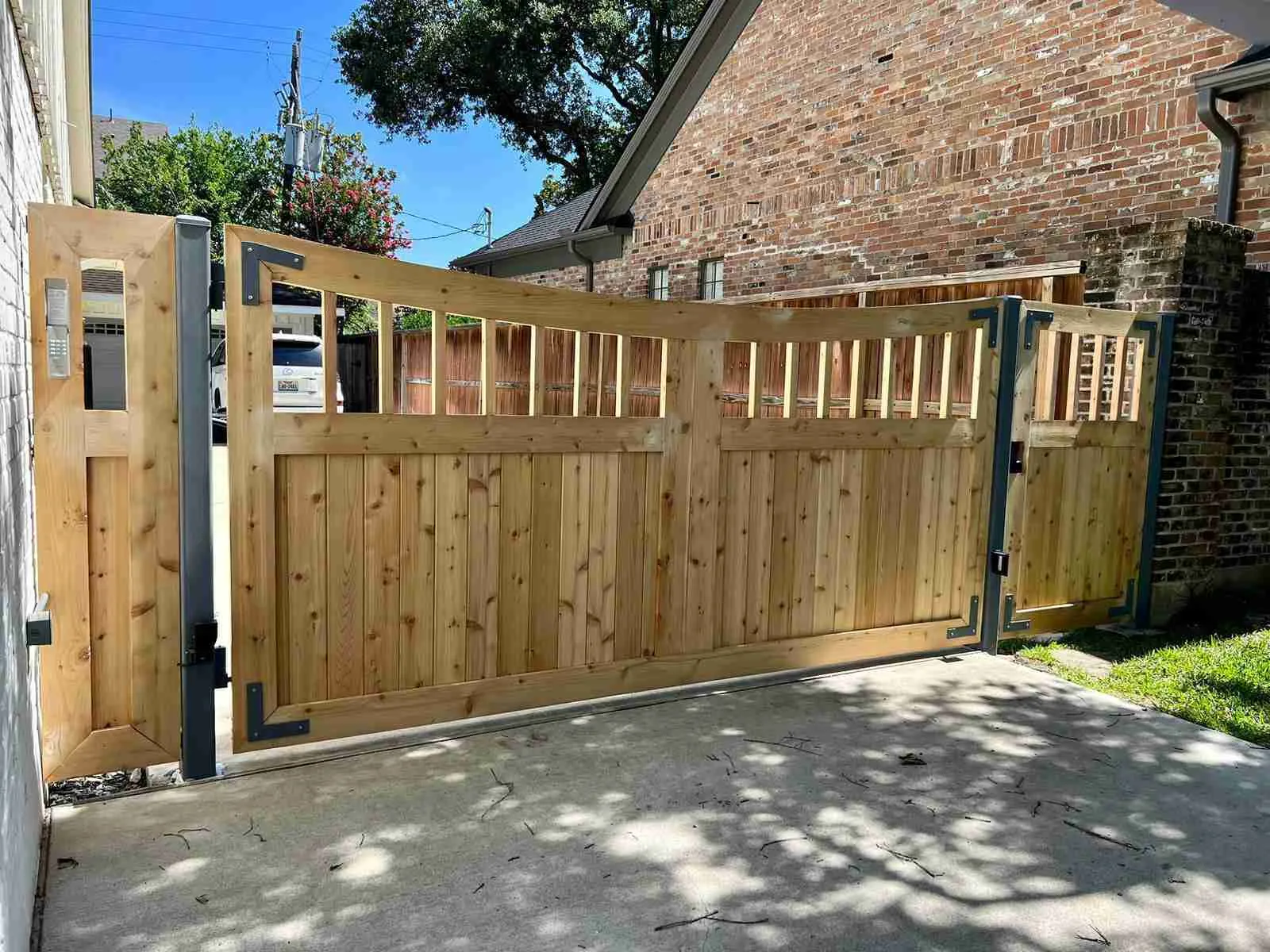Major investors and governments in Canada haven’t fully bought into the promise of vertical farming, or the technology that enables it

Article content
There’s a popular vision among academics and executives in the agriculture world that involves windowless warehouses outside every city, each growing commercial amounts of fruit and vegetables indoors with LED lamps. The facilities are far smaller than traditional farm fields, but collectively pump out much higher volumes of produce, all without the assistance of sun or rain.
Advertisement
This advertisement has not loaded yet, but your article continues below.
Article content
It apparently isn’t so bizarre to imagine a Canadian supermarket stocked, in the dead of winter, with fresh produce grown locally at a vertical farm, rather than thousands of kilometres away in a field in California or Mexico.
Many industry experts say this vision of a thriving controlled environment agriculture sector, as it’s formally known, is not only a nice idea, but necessary, especially if climate catastrophes start to pose more and more challenges for field crops.
Some experts are even warning that weening Canada off imported produce is a matter of national security, given recent events such as the extreme drought this summer that has devastated crops in California, which the country has historically depended on for billions-of-dollars worth of fruits and vegetables each year.
Advertisement
This advertisement has not loaded yet, but your article continues below.
Article content
Despite the stakes, however, the growth of Canada’s nascent indoor farming sector is lagging behind other countries, amid concerns that major investors and governments here haven’t fully bought into the promise of vertical farming, or the technology that enables it. Without that support, the sector might not become the sort of global powerhouse that could export indoor-farming hardware, software and intellectual property.
The market for closed environment agriculture is a potentially lucrative one, with revenue expected to exceed US$170 billion in 2025, up from roughly US$74.5 billion last year, according to a report from KD Market Insights.
“The trick is, if you’re doing this right, you’re not just selling the lettuce, you can also sell the technology all over the world,” said Lenore Newman, director of the Food and Agriculture Institute at the University of the Fraser Valley.
Advertisement
This advertisement has not loaded yet, but your article continues below.
Article content

Her “holy grail” has Canadian companies developing indoor farming systems so successfully that they can be marketed as a farm in a box — the sort of thing you “put on a truck, drop off and start growing.”
It isn’t as simple as it sounds. Vertical farming — the most buzzed-about method in controlled environment agriculture — features warehouses stacked several storeys high, with irrigation and lighting systems, and robots that pick and transport crops from one area to another.
But the company that manages to get all that right will have more than a farm in a box, Newman said. It will be able to collect data from its growing list of client operations that will allow it to further perfect its formulas.
“Every single plant is being monitored,” she said. “The data itself is incredibly valuable.”
Advertisement
This advertisement has not loaded yet, but your article continues below.
Article content
For example, if a particular strawberry plant is outproducing others due to a slight change in conditions, a company can use that to its advantage. The optimal number of plants and stacks, the most effective configuration of LED lamps, and the recipes for soil and hydroponic liquid can all become precious IP.

Vancouver-based CubicFarm Systems Corp. is one of Canada’s leading indoor agriculture technology firms, selling a system that grows salad greens, and another one that grows livestock feed. Chief executive Dave Dinesen said a prospective indoor farmer would need access to roughly $25 million in capital and about five acres of space for one of the company’s systems.
Even with enough capital and space, farmers can still run into problems. One of the more glaring signs that the country isn’t keeping up with the pace of change in agriculture has to do with zoning laws.
Advertisement
This advertisement has not loaded yet, but your article continues below.
Article content
It makes the most sense to build such facilities on agricultural land, because that’s the cheapest kind — and one of the main goals is to compete with lower-priced field-grown crops. But some jurisdictions don’t recognize indoor farming as, well, farming, so getting approval to put a facility on land zoned for agriculture can be complicated.
“There’s often not a box to tick for permits,” Dinesen said. “Why aren’t we going all in on localizing as much food production as possible, with policy, grants, incentives?”
Indoor farm operators can build facilities on more expensive industrial land, which might make sense to some, but Dinesen said the idea of a farm in the middle of an urban area just isn’t viable.
“It’s another one of these romantic notions that has to be dispelled,” he said. “This is still farming. You want to find the least expensive agricultural land, put up buildings for as low a cost as possible.”
Advertisement
This advertisement has not loaded yet, but your article continues below.
Article content
CubicFarm’s systems are also getting larger and larger, so it makes sense to build them near a main distribution hub outside a city to further cut down on transport.
“I don’t think the solution is hundreds of people having small farms, selling their stuff at a farmers’ market. That’s romantic. It’s not going to replace California. Never,” Dinesen said. “Large retail groups, large food service, they don’t want 1,000 suppliers for their salad products. They want five. That’s what we’re focused on.”
Newman said a lot of the problems facing the indoor farming sector come up because it’s been around for less than a decade.
“You start to run into these weird problems. Your thing is so new that it doesn’t fit into what people expect farming to look like,” she said. “There’s kind of a philosophical question of, ‘What is a farmer and what is a farm?’”
Advertisement
This advertisement has not loaded yet, but your article continues below.
Article content
Waiting for regional regulators to sort through those questions can be a problem for cash-strapped startups.
“It’s pushing the boundary of what a farmer is, and, yeah, we have to make sure our zoning reflects that, especially if we want to be a leader,” Newman said. “The problem is it takes time … They’re burning capital while they’re waiting.”
Meanwhile, Canada is lagging behind the leaders in this space — including the Netherlands, Israel, the United States and Singapore — which have helped grow their domestic indoor agricultural tech sectors using a raft of grants and incentives.
The trick is, if you’re doing this right, you’re not just selling the lettuce, you can also sell the technology all over the world
Lenore Newman
To be sure, some big investments into the next generation of vertical farming have been made in Canada, including a $65-million investment in a commercial vertical farming company by French fry empire McCain Foods Ltd.
Advertisement
This advertisement has not loaded yet, but your article continues below.
Article content
The Quebec provincial government has also invested in the sector as part of its push to become more self-sufficient in food production, including earmarking $91 million to double the volume of its indoor production of fruit and vegetables.
The federal agriculture department said some support is already provided for indoor farming through several funding programs for the development of agricultural innovation and clean energy technology. Ottawa is also involved in a pilot project that is operating a vertical farm in Nunavut.
In the private sector, there has been a “tsunami of investment capital” in North American ag-tech, said Steve Hansen, an analyst at Raymond James Ltd. who follows the industry.
But large, traditional lenders haven’t been as forthcoming with seed money to get these operations and tech developers on their feet, mostly because the farms aren’t profitable yet.
Advertisement
This advertisement has not loaded yet, but your article continues below.
Article content
High energy costs, along with the cost of the facilities themselves, mean the farms have to reach a significant scale before they start to become economically viable.
“There’s a lot of skepticism about whether that’s going to be capital well spent,” Hansen said. “It’s still very difficult for some of these groups to get financing.”
That’s a problem considering how expensive these new farms are to build. Canadian companies also haven’t seen a high level of coordinated government support, and often don’t get the sort of funding afforded to traditional farmers, Hansen said.
One of the reasons for the slow start could be that farmers, tech developers, investors, academics, bankers and government agencies aren’t mingling in the same place. Without that healthy “ecosystem,” as Hansen calls it — where players at different ends of the business know each other and work together — it’s harder for a young industry to mature.
Advertisement
This advertisement has not loaded yet, but your article continues below.
Article content
“That’s still the piece that I think is missing a bit,” he said.
Ottawa has worked to build ecosystems in other sectors with its supercluster program: a group of independent government corporations set up to help startups, fund research and champion innovation in five promising industries with the goal of developing Silicon Valley-style centres of excellence.
Protein Industries Canada, one of the most notable superclusters, has been pushing to establish the farming and food processing industry as a global leader in manufacturing ingredients for the fast-growing plant-based protein market.
Hansen and others suggested that indoor farming could benefit from its own supercluster program.
“Why aren’t there six?” asked John Hartnett, who leads SVG Ventures LLC, a Silicon Valley-based venture-capital firm focused on agriculture technology. “There needs to be the vision first, to say that this is important for the future of Canada. To me, that needs to start at the top.”
Advertisement
This advertisement has not loaded yet, but your article continues below.
Article content
This summer, SVG Ventures’ accelerator program, Thrive Agri-Food, set up an office in Calgary with $2.5 million in support from the Alberta government.

Growing up: The next frontier in farming is vertical and it could cut Canada’s reliance on imported food

Why processing beans, peas and lentils could solve Canada’s ‘commodity conundrum’

Extreme weather-induced drought forcing farmers to turn food crops into cattle feed
“This is the first mile of the marathon,” Hartnett said. “I don’t expect any government, whether it’s Canada or anywhere, to take these risks at an early stage. But now that this is gathering pace, now that there are billions of dollars invested in this space, it’s de-risked some of the concerns that there might have been.”
Advertisement
This advertisement has not loaded yet, but your article continues below.
Article content
Major investments in indoor farming — particularly a decision by berry giant Driscoll’s Inc. to back California vertical farmer Plenty Unlimited Inc. last year — should increase investor confidence and allay concerns about profitability.
One of the next steps for a country such as Canada could be to attract an emerging vertical farming giant to build facilities here.
“These companies are going to be the Googles and the Amazons of tomorrow and now is the time to get in on the ground floor,” Hartnett said. “This is a revolution that is going to last decades.”
• Email: [email protected] | Twitter: jakeedmiston
Advertisement
This advertisement has not loaded yet, but your article continues below.






More Stories
Common Mistakes To Avoid While Choosing Bolt Manufacturers
Computer and Technology Today
The Reasons Agriculture is Important